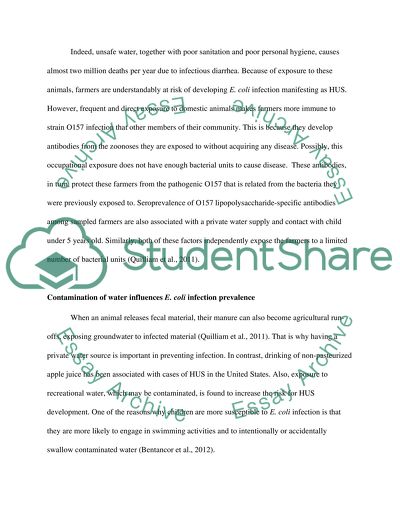Cite this document
(“Role of Animals in E. Coli Infection Case Study”, n.d.)
Retrieved from https://studentshare.org/health-sciences-medicine/1452464-develop-an-analytical-epidemiological-analysis-of
Retrieved from https://studentshare.org/health-sciences-medicine/1452464-develop-an-analytical-epidemiological-analysis-of
(Role of Animals in E. Coli Infection Case Study)
https://studentshare.org/health-sciences-medicine/1452464-develop-an-analytical-epidemiological-analysis-of.
https://studentshare.org/health-sciences-medicine/1452464-develop-an-analytical-epidemiological-analysis-of.
“Role of Animals in E. Coli Infection Case Study”, n.d. https://studentshare.org/health-sciences-medicine/1452464-develop-an-analytical-epidemiological-analysis-of.


